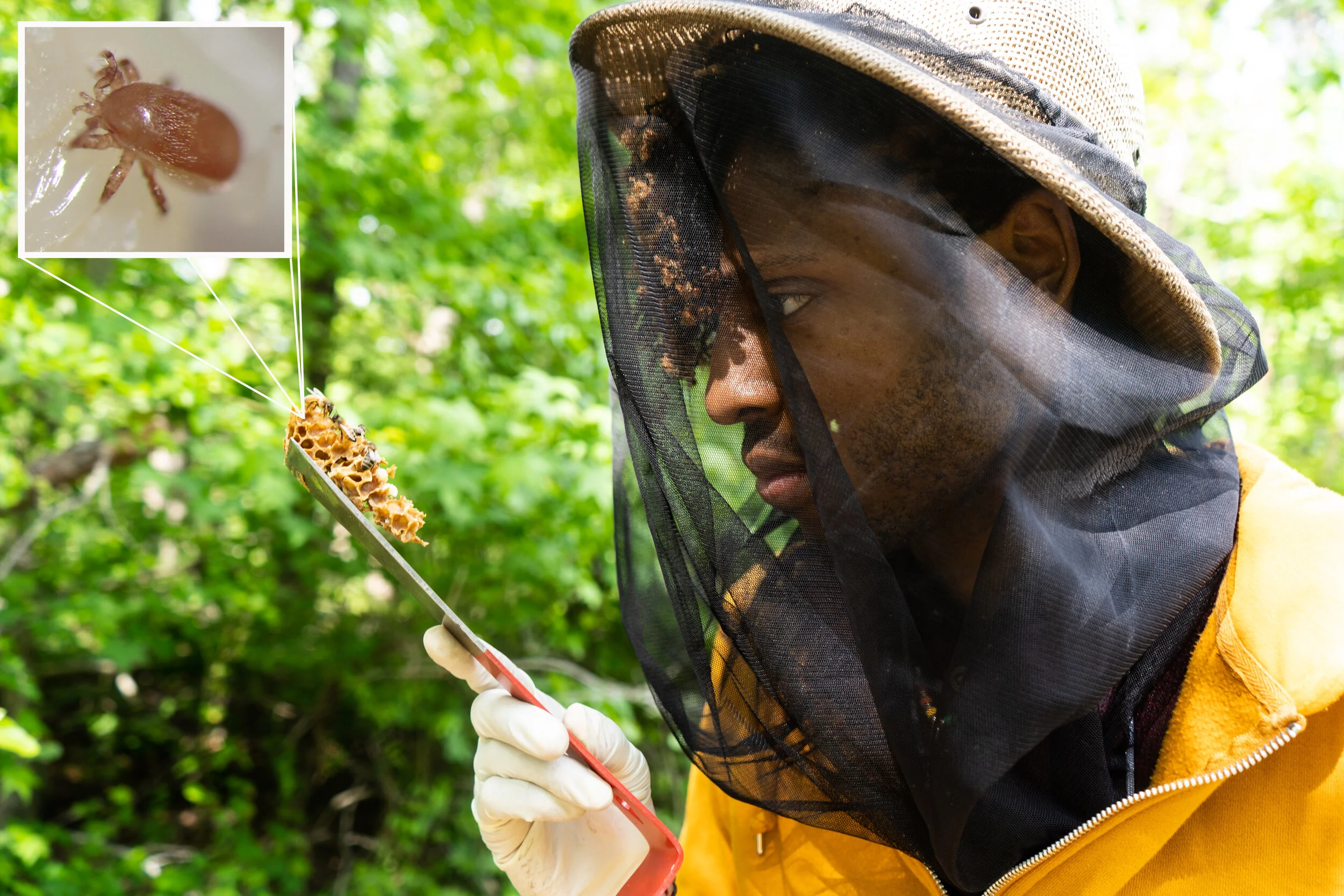FIGHT THE MITE INITIATIVE
Tropilaelaps mites are destroying Apis mellifera colonies in Asia and spreading to other countries. Knowledge is power, so I'm turning to you, to help fund study of this parasite before it arrives in the West.
We need to know everything possible about these devastating parasites eating honey bees around the world! I can get everyone to agree that they’re a huge problem, the most destructive honey bee parasite that we know of, but I’m having a tough time getting everyone to agree that we need to start studying them right now before they arrive in the West.
We were pretty confident a decade ago that we had nothing to worry about here; Tropilaelaps mites couldn’t establish themselves in the US because they couldn’t survive in climates with long, cold winters. We were shocked by the revelation that they’d adapted to overwinter, sustaining large populations in the coldest reaches of China and Korea. They’re not here yet but they’re spreading the same way that Varroa did in 1977, just ten years before they were found in North America.
When Varroa got here, we knew so little about it. Most of the scientific literature was written in Russian and Chinese and we had to scramble to figure it out while it was spreading across the country. It’s a major reason why we’re just learning the fundamentals of how Varroa feed and how exactly they kill bees more than 30 years into this infestation. We had to rely on research we couldn’t read or reproduce. My goal is to avoid having that happen a second time.
Full detail of the interactions of the foundress mite, offspring, and host brood under the cell capping to determine if there is a weak link in their lifecycle?
“What are they eating when they feed on bees?” so we can determine their nutritional needs and exactly how they damage honey bees.
“How can we rear Tropilaelaps in the lab without honey bees to better facilitate research?”
“What aspects of their anatomy/physiology can we best target to control them?" to determine what chemical or non-chemical control methods will be most effective?”
“What impact does it have on a colony for Tropilaelaps and Varroa to be present together?" as would likely be the case if Tropilaelaps established itself in western countries with temperate climates.
“Are there other species of Tropilaelaps threatening Apis mellifera as well?"
Photographs by Measu Bellay and Samuel Ramsey
